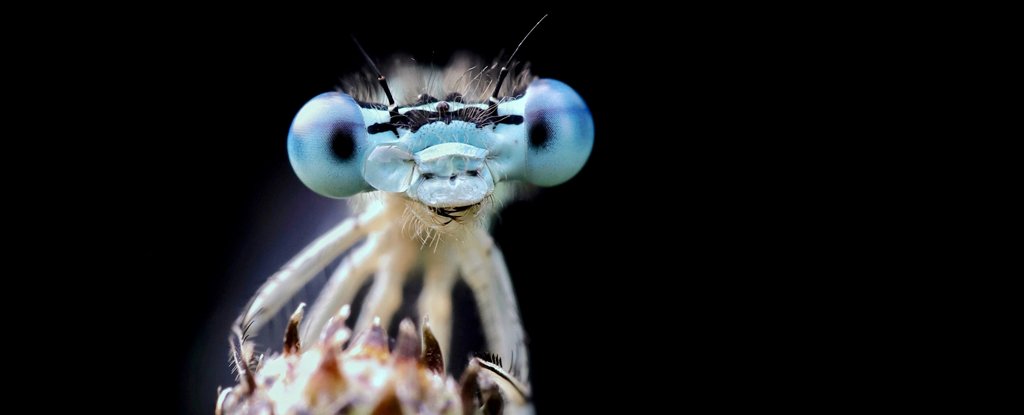Products You May Like
We have long seen insects as instinctive, mindless creatures with robotic-like reactions to the world and all its impulses.
But the closer we look, the more we find surprisingly complex behaviors, from bees communicating through dance to incredible feats of ant cooperation and now we have mounting evidence that these little creatures that run our world may also experience pain.
Nociception – the detection by the sensory nervous system of unpleasant stimulation including chemical burning, sharp cutting, and bruising pressure – triggers a variety of physiological and behavioral responses in animals. One of these can be the perception of pain.
It is well documented that insects have avoidant responses to potentially damaging contact.
What’s more, in 2019, experiments revealed that the commonly studied fruit fly, Drosophila, displayed symptoms of chronic pain after researchers removed the fruit fly’s leg. Once the fruit fly had fully healed, researchers found the fruit fly’s contralateral leg became hyper-sensitive.
The authors traced this to the fly losing its “pain brake” mechanism in its nervous chord. A pain brake mechanism soothes the perception of pain, but in the fruit flies, when the sensory nerves were overstimulated, it killed off the brake altogether.
But, as even bacteria will move away from unpleasant stimuli, detecting pain in other life is not as simple as watching for a negative reaction towards a harmful contact. To consciously register a feeling of pain we require a complex physiological system that connects to our brain, and possibly even emotions.
In mammals, the nociceptors (pain receptors) send an alarm for bad stimuli to our brains, where neurons generate the negative and subjective, physical, and emotional feeling of pain.
Studies show nociception and pain can be regulated independently of each other, and have identified distinct systems for the regulation of each.
These systems have yet to be fully identified in insects.
“One hallmark of human pain perception is that it can be modulated by nerve signals from the brain,” Queen Mary University neurobiologist Matilda Gibbons told Newsweek.
“Soldiers are sometimes oblivious to serious injuries in the battlefield since the body’s own opiates suppress the nociceptive signal. We thus asked if the insect brain contains the nerve mechanisms that would make the experience of a pain-like perception plausible, rather than just basic nociception.”
Gibbons and colleagues reviewed the scientific literature and found several lines of evidence to suggest that this mechanism is present in insects.
While they lack the genes for the opioid receptors that down-regulate pain in us, they produce other proteins during traumatic events that could serve the same purpose.
Behavioral evidence also suggests insects do have molecular pathways that suppress responses to damaging contact, both for their peripheral and central nervous system. For example, the presence of a sugar solution suppresses bumblebees’ normal avoidance of unpleasant stimuli.
Anatomically, insects have descending neurons from the brain to the part in their nerve cord where their defensive reaction against damaging touch stems from.
What’s more, the tobacco hornworm even uses mitigation behaviors after being wounded, like grooming.
Each of these things may not be definitive in isolation, but taken together they appear to indicate that insects do have some sort of pain response control system, similar to ours.
“We argue that insects most likely have central nervous control over nociception, based on behavioral, molecular, and anatomical neuroscience evidence,” the team concludes in a statement. “Such control is consistent with the existence of pain experience.”
As insects are a large and varied group, however, it is quite possible that the complexity of their nociception regulation and potential feelings of pain also vary widely between them.
The prospect of their pain, however, raises important ethical questions for further investigation – particularly in light of proposed mass farming of these animals in the future.
“We stand at an important crossroads of how to feed a human population projected to reach 10 billion by 2050,” the researchers say.
“While conventional livestock farming is a major contributor to climate change, the United Nations recommends mass producing insects for food. However, ethical implications have not been thoroughly considered, since animal welfare protections tend not to cover insects.”
This research was published in Proceedings of the Royal Society B: Biological Sciences.
